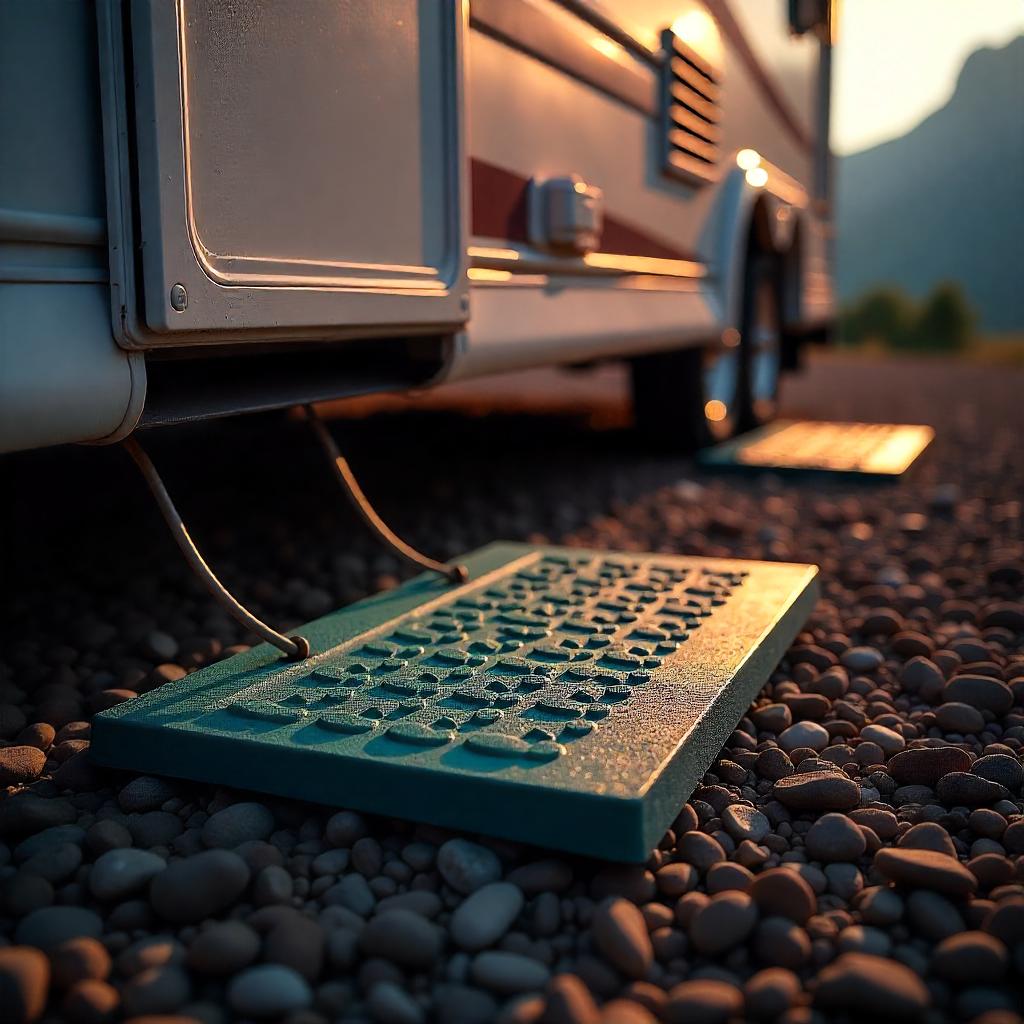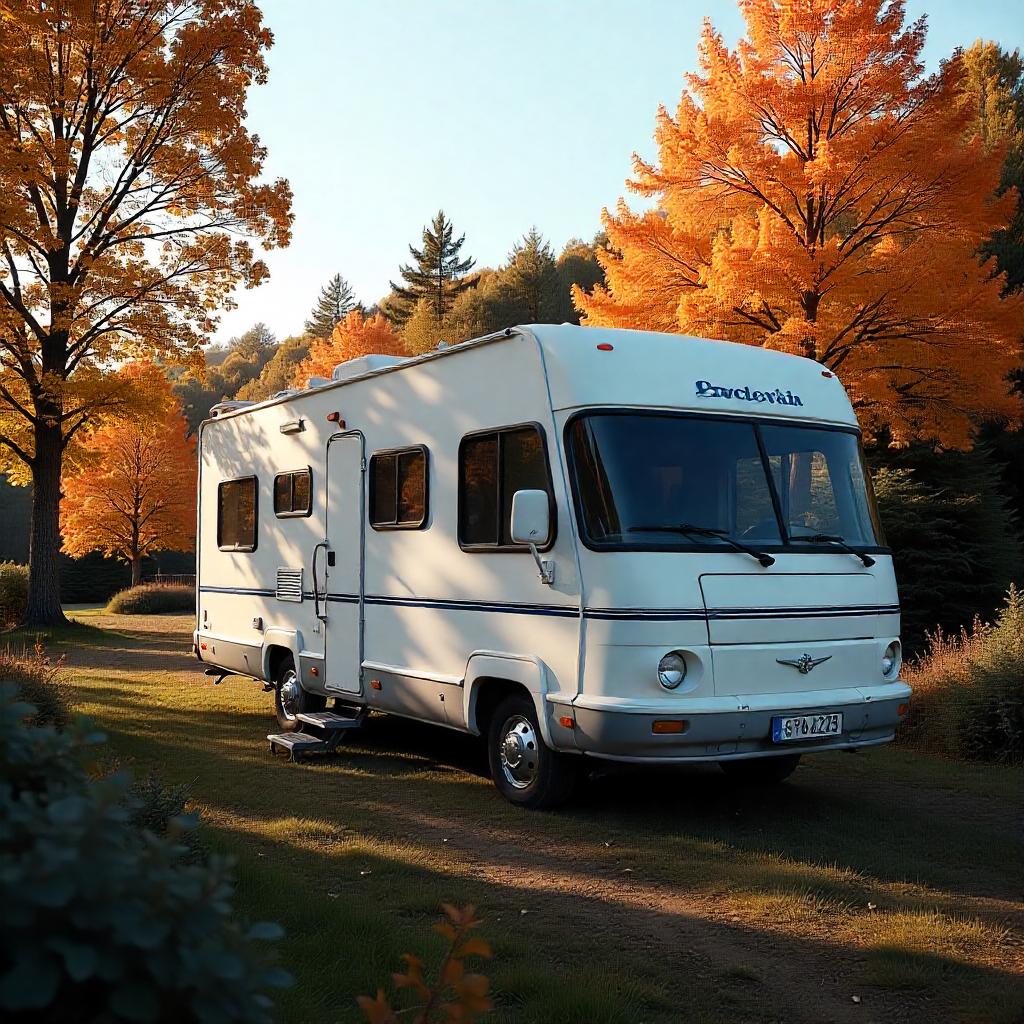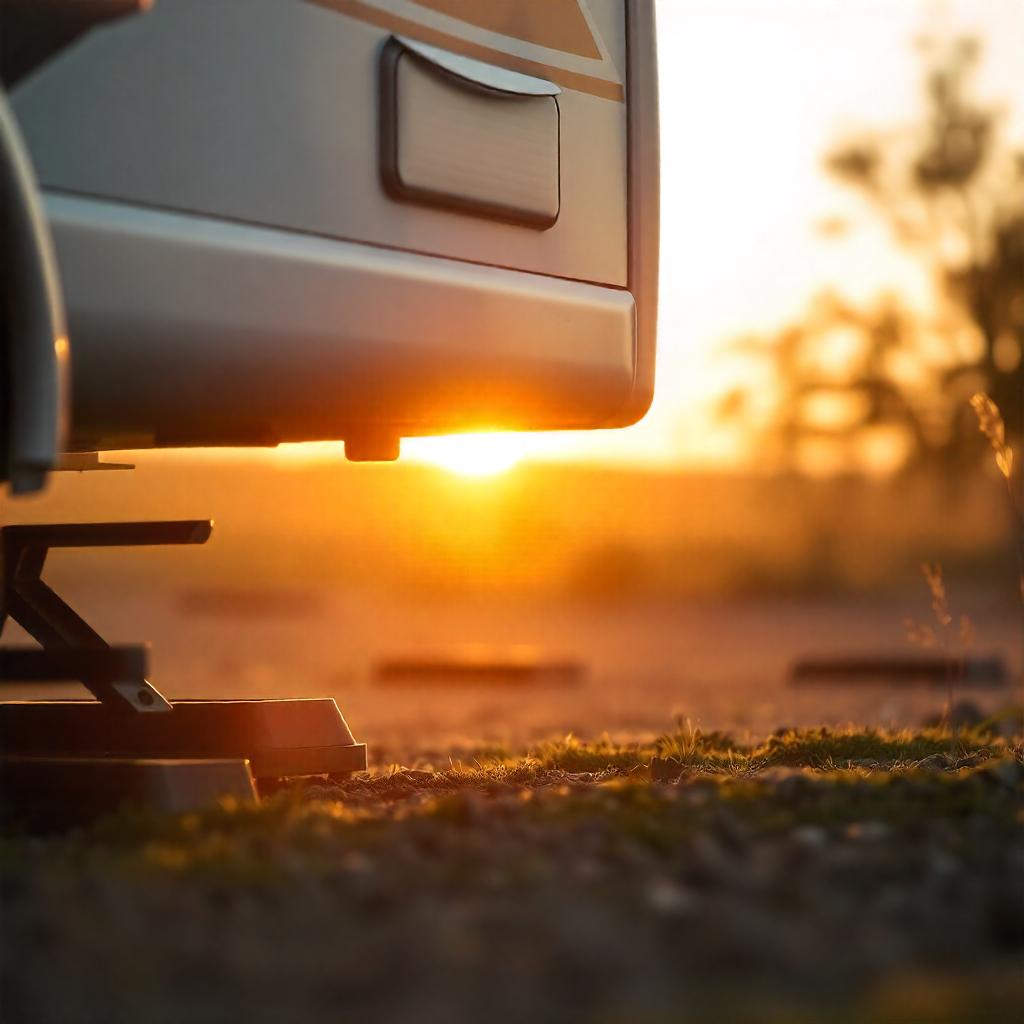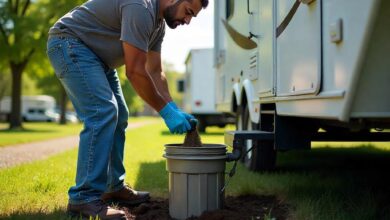Can Garden Rubber Pads Work on RV Stabilizer Pads?

This scenario is especially important for RVing since people require stability and safety when setting up their sleeping accommodation. Utilization of stabilizer pads is one of the factors that have contributed to most of these set ups to achieve the above-stated stability. However, there will be some occasions when you might not have the access to these specified RV stabilizer pads. This begs the question: Can Garden Rubber Pads Work on RV Stabilizer Pads? In the following passage of this article, some information about the performance of both types of pad and their respective merits and demerits will be introduced, and it is also to discuss the application prospect of garden rubber pad as the substitute.
Table of Contents
Understanding RV Stabilizer Pads
What Are RV Stabilizer Pads?
Rv stabilizer pads are supposed to be installed on the ground where the leveling jacks of an RV will sit. Their main purpose is to absorb weight of the RV across a larger contact area thus ensuring that the RV does not wobble. This is for the purpose of avoiding formation of llya and any movement or swaying and thus providing the inhabitants comfortable living conditions.
Key Features of RV Stabilizer Pads
- Material: Majority of RV stabilizer pads are manufactured from materials such as plastic or rubber which makes them strong to withstand heavy pressure and are also resistance to extreme weathers.
- Size and Shape: They exist in different sizes and shapes for easy installation beneath stabilizer jacks.
- Weight Capacity: In particular, RV stabilizer pads are expected to bear the full weight of an RV without getting deformed or broken.
Why Are Stabilizer Pads Important?
- Weight Distribution: By distributing the weight of the RV, stabilizer pads help prevent damage to the ground underneath.
- Enhanced Stability: They reduce sway and movement, making your RV feel more like home.
- Protection: Proper pads can protect stabilizer jacks from sinking into soft surfaces, preventing potential damage.
Types of RV Stabilizer Pads
| Type of Stabilizer Pad | Material | Advantages | Best Use Cases |
|---|---|---|---|
| Plastic Pads | High-density plastic | Lightweight, easy to transport, durable | General camping |
| Rubber Pads | Natural/Synthetic rubber | Excellent grip, weather-resistant | Off-road camping |
| Composite Pads | Composite materials | Sturdy, designed for heavy loads | Long-term parking |
What Are Garden Rubber Pads?
Garden rubber pads are typically used to protect surfaces from heavy outdoor furniture, garden pathways, or even as anti-slip mats. They are made from recycled rubber or synthetic materials and provide a non-slip surface.

Key Features of Garden Rubber Pads
- Durability: They can withstand outdoor elements, making them ideal for various garden uses.
- Flexibility: Garden rubber pads can compress under weight, providing some cushioning.
- Cost-Effectiveness: Generally, these pads are cheaper than specialized RV stabilizer pads.
Pros and Cons of Garden Rubber Pads
| Advantages | Disadvantages |
|---|---|
| Cost-effective | May not support heavy RV loads |
| Weather-resistant | Limited size options |
| Non-slip surface | Less durability than RV pads |
Can Garden Rubber Pads Work on RV Stabilizer Pads?
Now that we’ve outlined the characteristics of both garden rubber pads and RV stabilizer pads, let’s address the main question: can garden rubber pads effectively serve as a substitute for RV stabilizer pads?
Pros of Using Garden Rubber Pads
- Availability: If you find yourself without RV stabilizer pads, garden rubber pads can be a handy alternative.
- Cost-Effective: They are usually more affordable than dedicated RV pads, making them appealing for those on a budget.
- Non-Slip Surface: The rubber material can provide good traction, which may help in stabilizing your RV.
- Cushioning Effect: The flexibility of garden rubber pads can provide some cushioning, which may help absorb minor shocks and vibrations.
Cons of Using Garden Rubber Pads
- Weight Capacity: Garden rubber pads might not be designed to handle the significant weight of a fully-loaded RV. This could lead to sagging or deformation over time.
- Size and Shape: RV stabilizer pads are often larger and specifically shaped to fit under stabilizer jacks, whereas garden rubber pads may not cover the area adequately, potentially leading to instability.
- Durability Issues: While garden rubber pads are durable, they may wear down more quickly than purpose-built RV pads when used under heavy loads.
- Less Effective in Soft Ground: If you’re parked on soft soil, garden rubber pads might not provide the same level of stability as RV pads, which are designed for various terrains.
Read Also : Are Two 6 Volt Batteries Better for RV? : : Can Class B RV Drive in NJ Parkway?
Real-Life Scenarios
Let’s consider a few scenarios to better understand when garden rubber pads might be appropriate and when they may fall short.
Scenario 1: A Weekend Camping Trip
You’re heading out for a weekend camping trip and realize you forgot your RV stabilizer pads. In this case, using garden rubber pads can be a suitable temporary solution. They can provide some level of stability, especially if you’re parked on firm ground and your RV isn’t too heavy.
Scenario 2: Extended Stay in a Soft Soil Campsite
Imagine you’re parked in a campsite with soft, uneven soil. Using garden rubber pads here may not be the best idea. The pads could sink under the weight of the RV, leading to instability and potential damage to the stabilizer jacks. In this case, sticking to proper RV pads is essential for safety and stability.
Scenario 3: Winter Camping
If you’re winter camping, the ground may be frozen, providing a firm surface. Garden rubber pads could work as a temporary fix to keep your RV stable, but remember that they might not handle prolonged weight as well as dedicated RV pads.
How to Use Garden Rubber Pads Safely?
If you find yourself needing to use garden rubber pads for your RV stabilizers, here are some tips to do so safely:

- Stacking Pads: Consider stacking two or more garden rubber pads to distribute weight more effectively.
- Positioning: Ensure the pads are placed under the stabilizer jacks correctly to maximize their surface area.
- Regular Checks: After setting up, regularly check the pads for signs of wear or deformation, especially if you’re parked for an extended period.
- Monitor Stability: Make sure your RV feels stable when parked. If you notice any excessive movement or wobbling, it may be time to invest in proper stabilizer pads.
When to Use RV Stabilizer Pads?
While garden rubber pads can serve as a temporary solution, it’s always best to use dedicated RV stabilizer pads for optimal safety and stability. Here are some situations where RV stabilizer pads are a must:
- Soft Ground Conditions: If you’re parked on grass, sand, or any soft surface, RV stabilizer pads are designed to prevent sinking and improve stability.
- Long-Term Parking: For extended stays, investing in quality stabilizer pads is essential to maintain stability and protect your RV’s structure.
- Heavy Loads: If your RV is fully loaded with supplies, equipment, and passengers, proper stabilizer pads are critical for weight distribution.
- Winter Conditions: When camping in colder climates, using RV stabilizer pads ensures that your RV remains stable despite potential ground frost or snow.
Choosing the Right Stabilizer Pads
If you decide to invest in proper stabilizer pads for your RV, consider these factors to ensure you make the right choice:
1. Material
Choose pads made from durable materials that can withstand the weight of your RV and various weather conditions.
2. Size and Shape
Ensure the pads you select are large enough to provide adequate surface area and fit well under your RV’s stabilizer jacks.
3. Weight Capacity
Check the weight capacity of the stabilizer pads to ensure they can handle your RV’s load.
4. Purpose
Think about where you’ll be using your RV. Some pads are better suited for specific environments, such as off-road or heavy-duty camping.

Comparison Table: RV Stabilizer Pads vs. Garden Rubber Pads
| Feature | RV Stabilizer Pads | Garden Rubber Pads |
|---|---|---|
| Material | Plastic or rubber | Recycled rubber or synthetic |
| Weight Capacity | High (designed for RVs) | Lower (not specifically designed) |
| Size Options | Various sizes available | Limited size options |
| Durability | High (designed for heavy loads) | Moderate (may wear out quickly) |
| Cost | Generally higher | Typically lower |
| Best Use | Long-term stability in RVs | Temporary use when RV pads are unavailable |
Conclusion
Thus, Can Garden Rubber Pads Work on RV Stabilizer Pads? equivalent but only in the short term. They can only offer the measure of steadiness that depends on whereby located, the load that your RV has, the ground situation, and your timeframe in the one-spot.
However, for the best results when coupling, and safety in general, it is suggested that you use pads that are specially made for the RV stabilizers. These pads are designed to bear the weight and size of your RV and to stabilize as well as shield the RV and the underneath surface.




